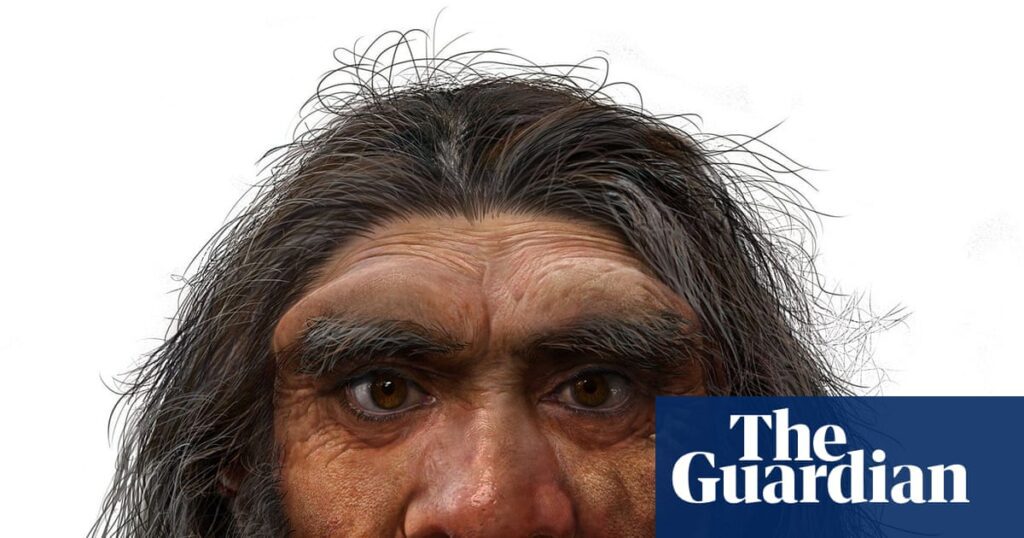A recent study has reanalyzed a million-year-old skull known as Yunxian 2, originally found in China and previously classified as belonging to Homo erectus. Advanced techniques suggest it may instead belong to Homo Longi (Dragon Man), closely related to the Denisovans. This finding could fundamentally alter our understanding of human evolution by indicating that modern human ancestors were already divided into distinct groups a million years ago, potentially placing the origins of Homo sapiens in West Asia rather than Africa.
The skull, excavated in 1990 from Hubei Province, had been difficult to interpret due to damage. However, using advanced imaging and digital reconstruction, scientists noted that, while it shares features with Homo erectus, its overall morphology aligns more closely with Denisovans. This suggests that the divergence between our ancestors, Neanderthals, and Homo Longi occurred at least 400,000 years ago.
Professor Chris Stringer from the Museum of Natural History stated that these findings reveal a more complex evolutionary history. Computational analysis indicates five major branches in human evolution over the past 800,000 years: Asian erectus, Heidelbergensis, sapiens, Neanderthals, and Homo Longi. This research aims to clarify the complex timeline of human fossils between one and three hundred thousand years ago. However, the conclusions may be contentious as they contradict earlier genetic studies comparing living humans to ancient DNA. The findings are published in the journal Science.


